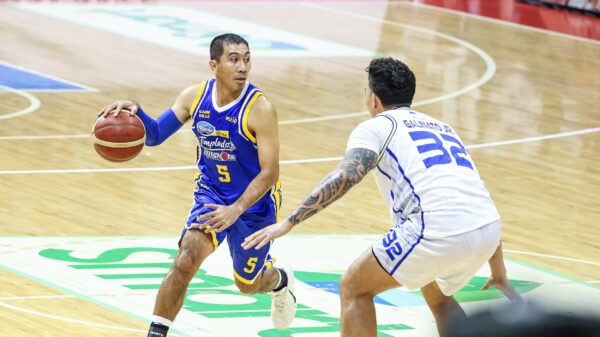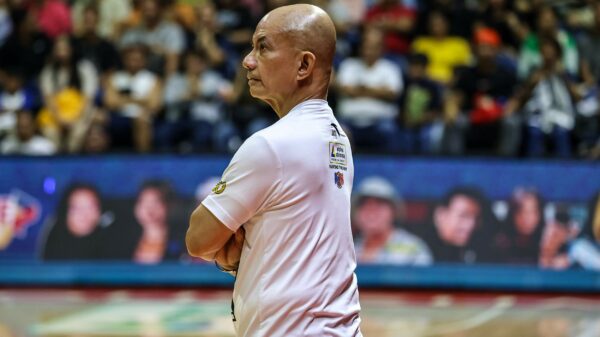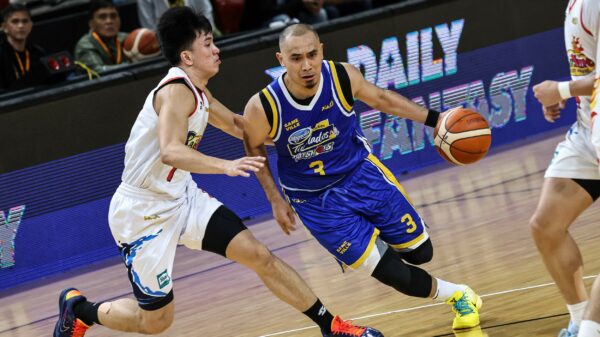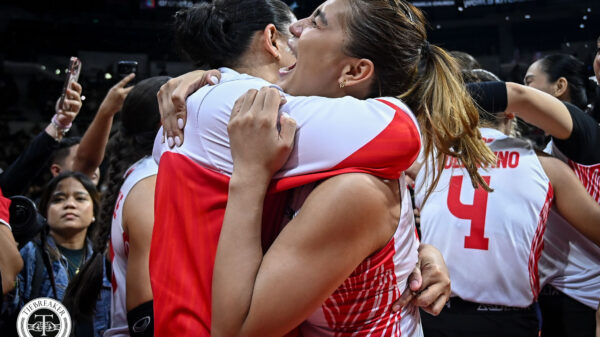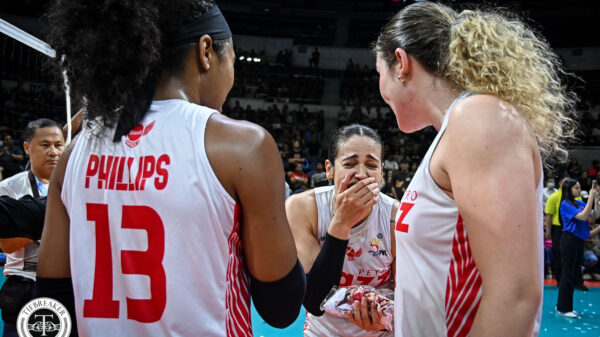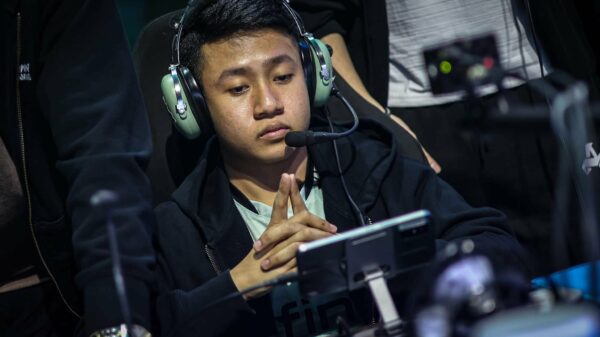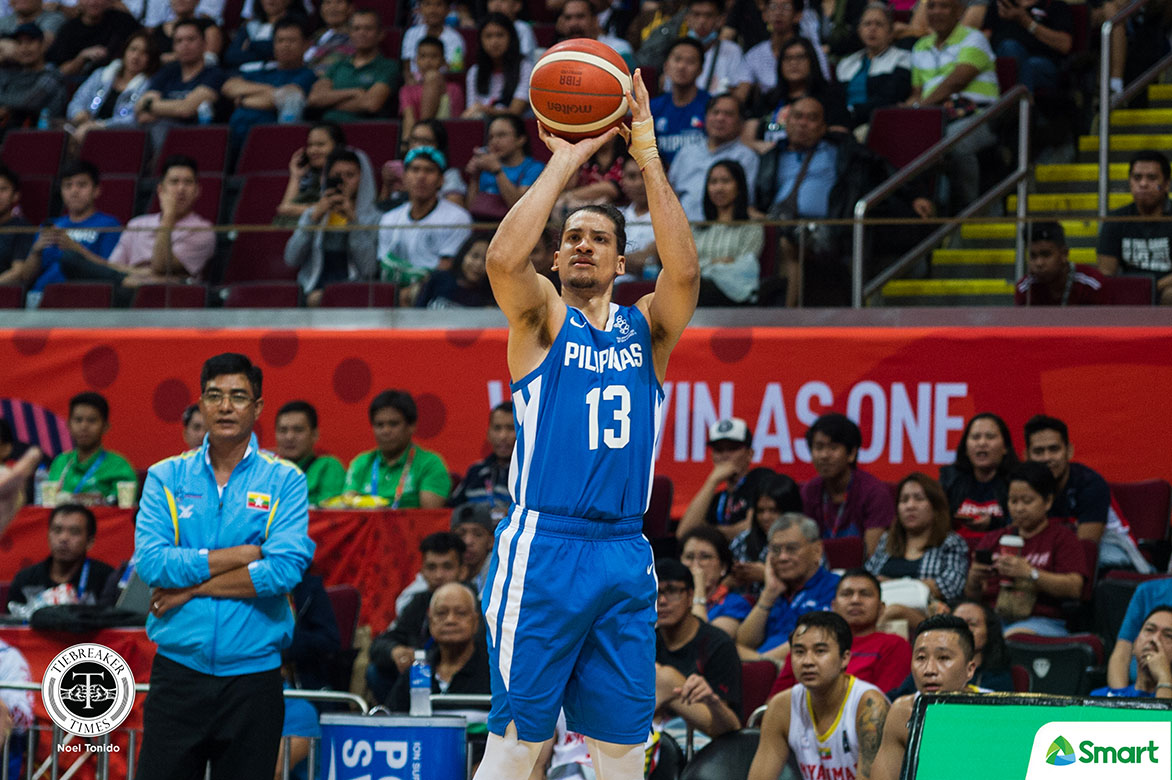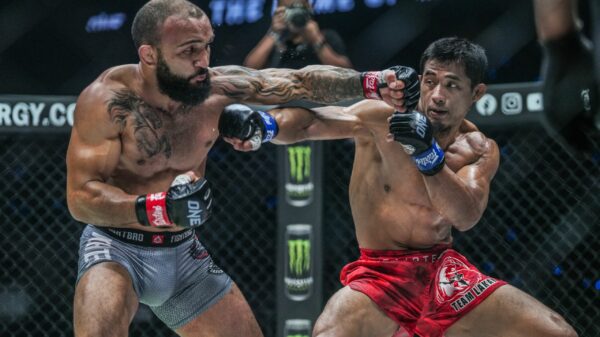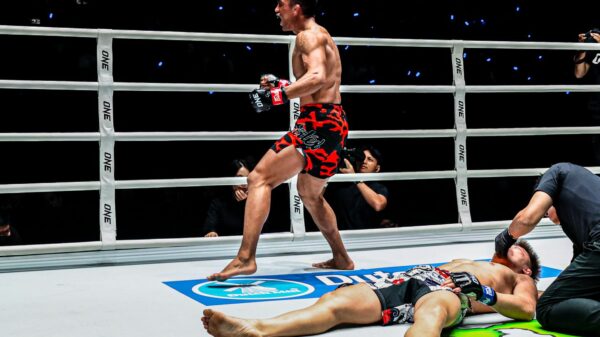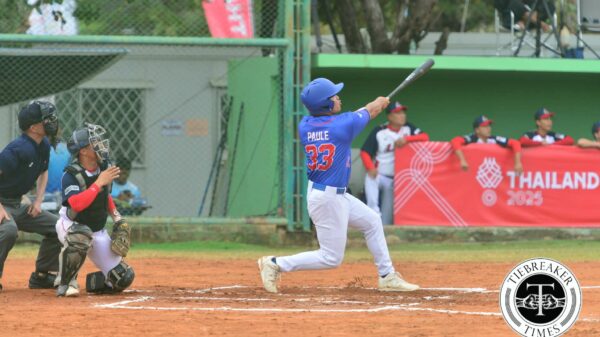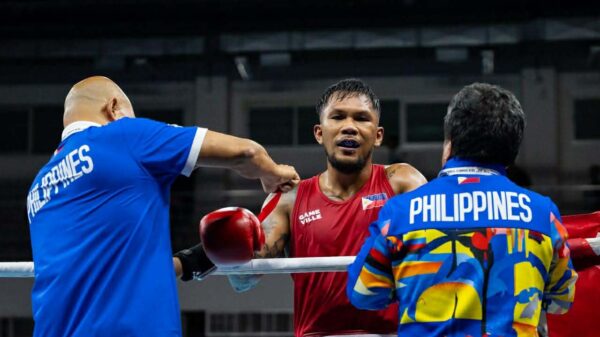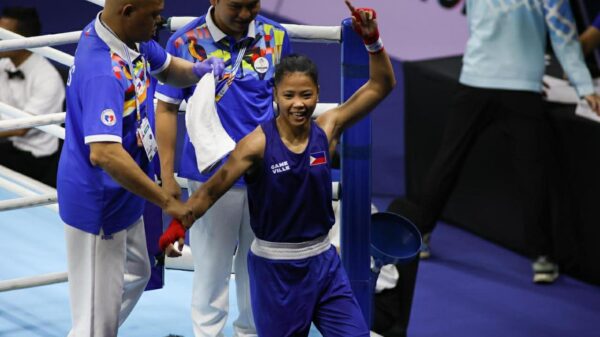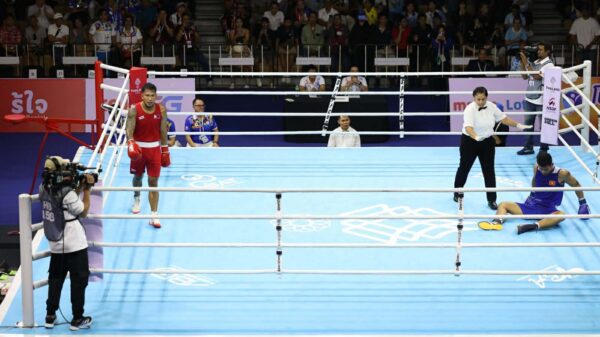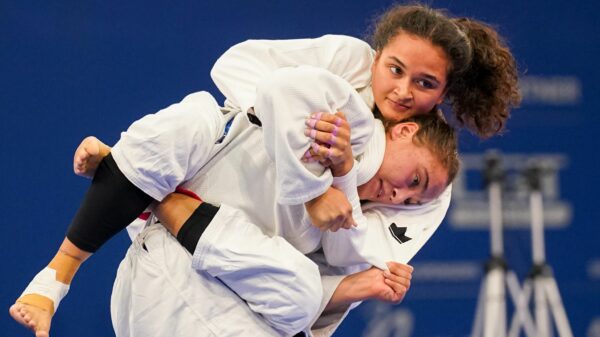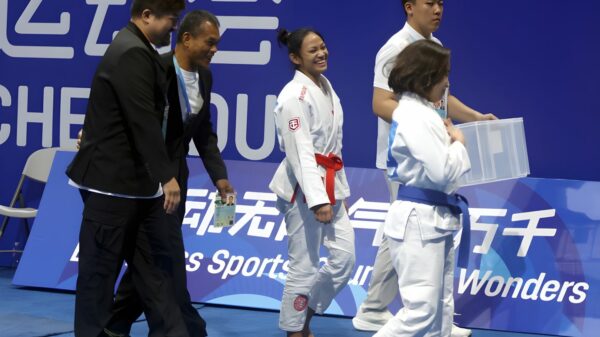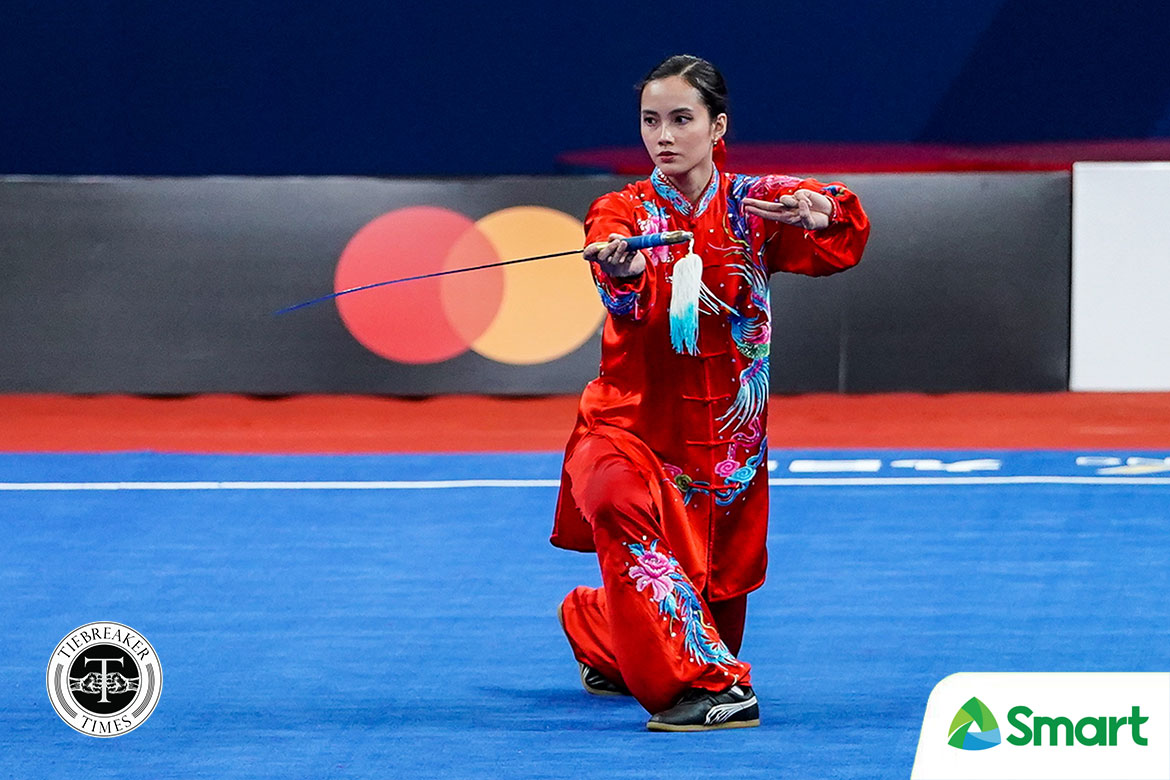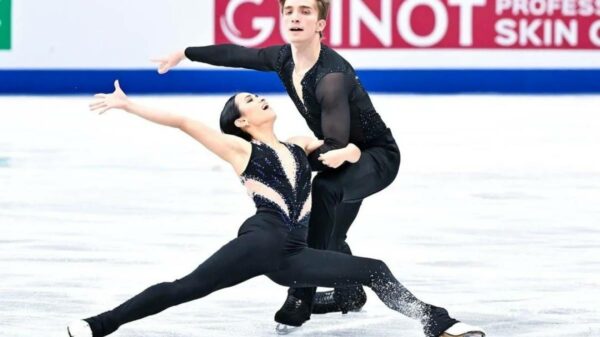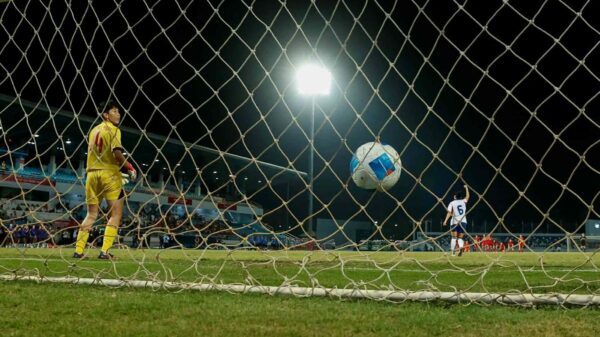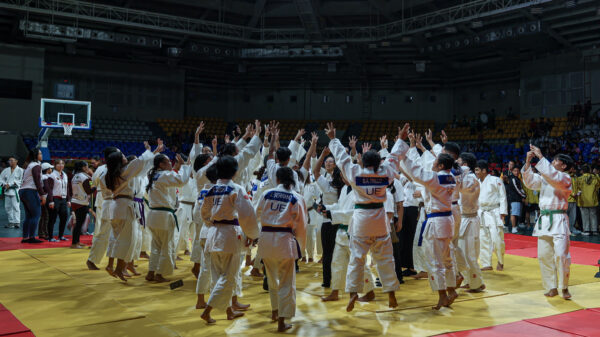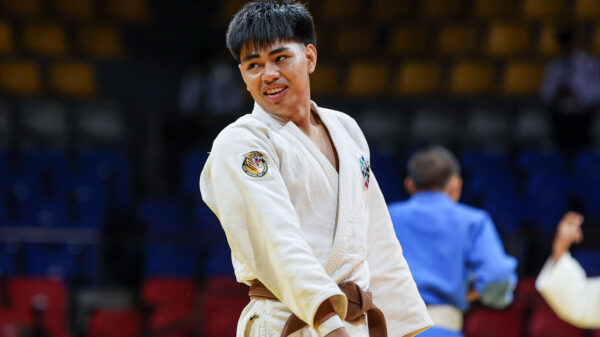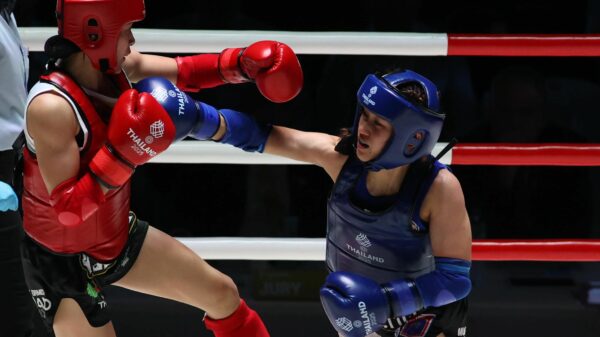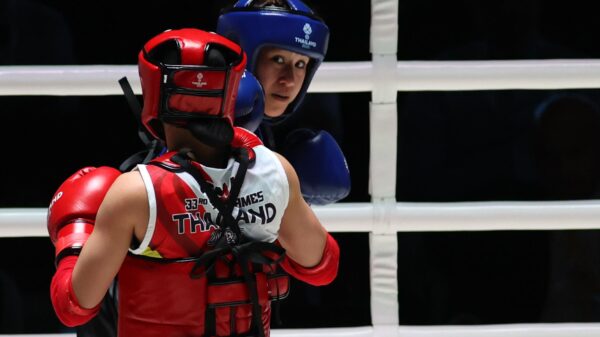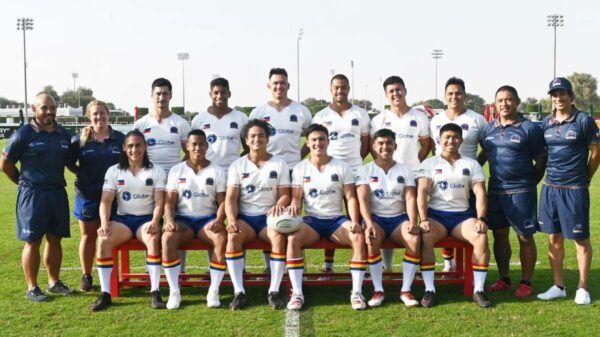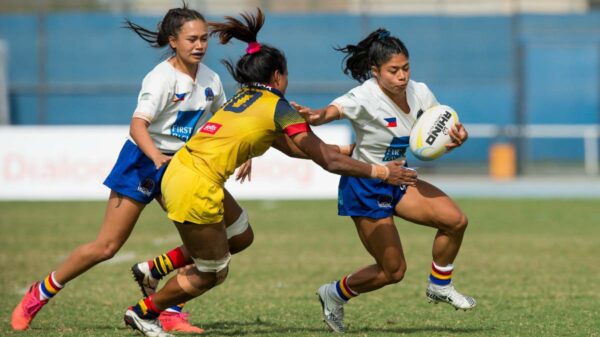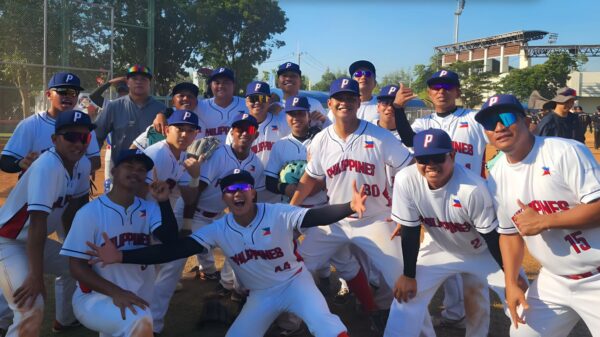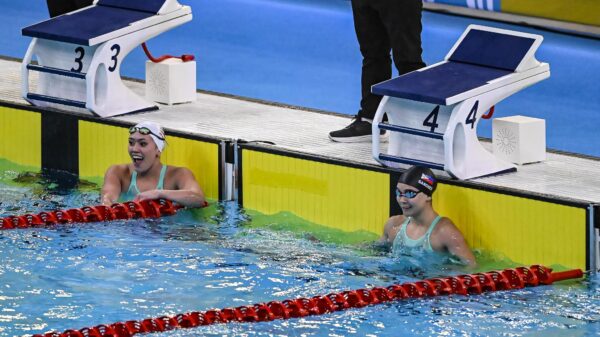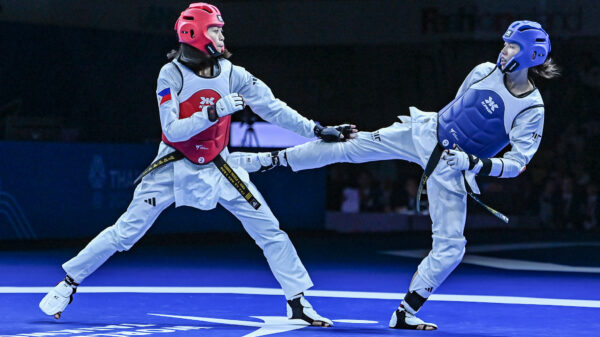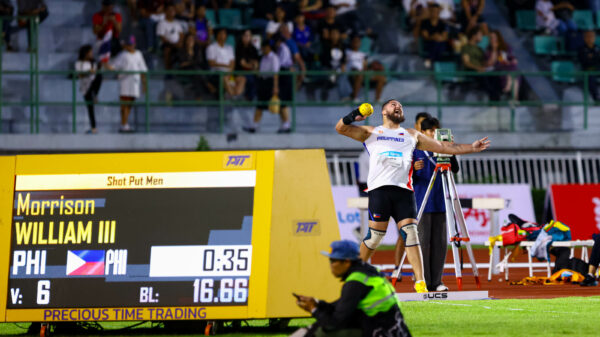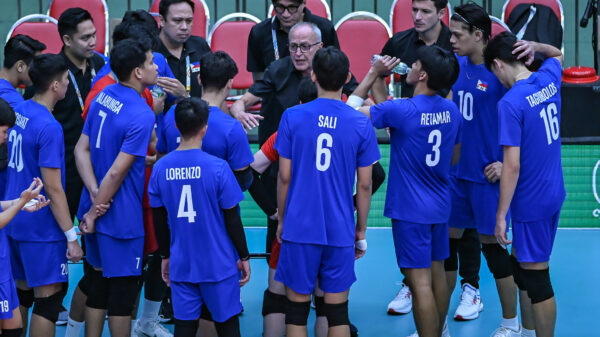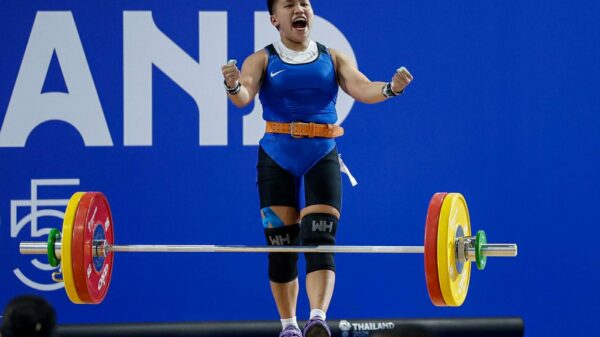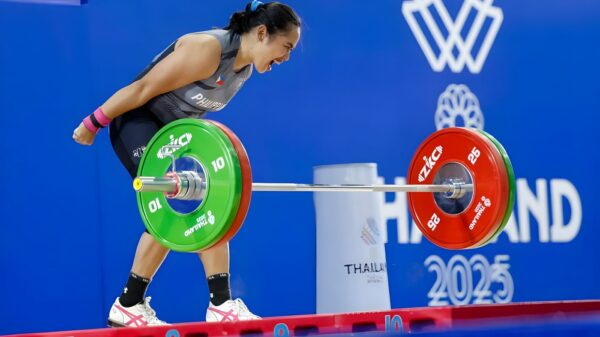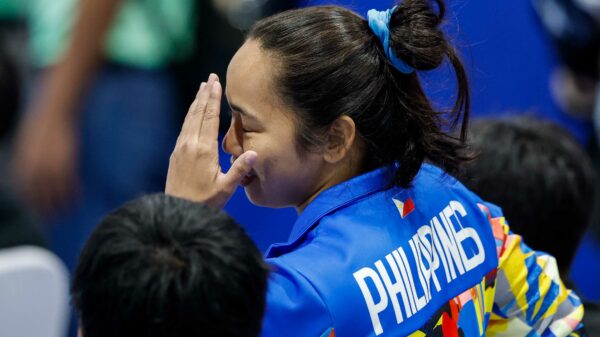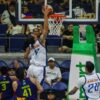Basketball, in some weird sense, is a game of economics. Who can produce the most points given a certain numbers of possessions each game, while limiting the opponent from doing the same? This is one big reason why the “best” players in the game – the ones who win BPCs, MVPs, and the love and adulation of fans – are generally big-time scorers. After all, they’re the ones who put points up on the board.
This isn’t to say that other players aren’t important. THEY ARE. Everyone has a role to fill and it just so happens that some players are naturally more gifted (or harder working) at scoring than others. Today’s SDL will focus on the top scorers of the 2014-15 Philippine Cup but as usual, I’ll be giving it my own little twist. Since scoring is a function of touches (possessions), let’s take a look at how effective the league’s top scorers are at using said possessions.
Here’s a list of the top 15 scorers from this past conference (up to Game 5 of the ALA-ROS semis series), along with their corresponding per game averages:
| Points per game (10 games min) | ||
| 1 | Fajardo | 19.2 |
| 2 | Cervantes | 16.6 |
| 3 | Taulava | 16.2 |
| 4 | Cardona | 16.1 |
| 5 | Abueva | 15.8 |
| 6 | Santos | 15.6 |
| 7 | Romeo | 15.5 |
| 8 | Cabagnot | 15.1 |
| 9 | Castro | 15.1 |
| 10 | Pringle | 15 |
| 11 | Slaughter | 14.7 |
| 12 | Aguilar | 14.5 |
| 13 | Lee | 13.9 |
| 14 | Devance | 13.4 |
| 15 | Simon | 13.2 |
No big surprises here, not even Reil Cervantes (someone’s gotta score for the Sorento right?!). As expected, the Kraken is leading the way at 19.2 ppg. He’s simply an unstoppable force one on one and other advanced metrics will also confirm this (that’s an article for another day). Interestingly, we see the former three-headed monster of GlobalPort – Romeo, Cabagnot, and Pringle – all in the top ten, making it very intriguing why the Batang Pier decided to ship away Cabagnot for Mercado.
As I said though, today’s post isn’t about who can put up points but how effective each one is with the possessions he utilizes during his time on the court. The first question is, how will we measure our big time scorers?
One simple way to gauge their effectiveness is by calculating for their Individual Scoring Efficiency (ISE).**
**I’m no genius – I took this from the book Basketball Analytics: Spatial Tracking
The formula is simply: Points scored / Scoring Possessions
This basically represents the points a player generates given the amount of scoring possessions he terminates.
What is a scoring possession?
A scoring possession from a player’s point of view is simply the number whenever he ends the possession with a field goal attempt (make or miss), a free throw, or a turnover. Yep, that’s it. After all, as the name says, it’s about SCORING.
Scoring possessions can be calculated using this formula:
Field Goals Attempted + Turnovers + (0.44 x Free Throw Attempts)*** |
*** we need to multiply FTA by 0.44 to account for the fact that sometimes players shoot 1 to 3 free throws
The following table shows us the ISE of each of the league’s top 15 scorers:
| Player | PTS | SP | ISE | |
| 1 | Fajardo | 288 | 282.76 | 1.02 |
| 2 | Aguilar | 189 | 188.48 | 1 |
| 3 | Devance | 161 | 160.84 | 1 |
| 4 | Slaughter | 191 | 191.96 | 0.99 |
| 5 | Santos | 234 | 240.36 | 0.97 |
| 6 | Lee | 209 | 216.92 | 0.96 |
| 7 | Taulava | 194 | 206.56 | 0.94 |
| 8 | Castro | 256 | 278.12 | 0.92 |
| 9 | Simon | 158 | 173.52 | 0.91 |
| 10 | Romeo | 170 | 189.4 | 0.9 |
| 11 | Cabagnot | 212 | 234.6 | 0.9 |
| 12 | Pringle | 180 | 200.4 | 0.9 |
| 13 | Cervantes | 183 | 213.52 | 0.86 |
| 14 | Abueva | 285 | 345.2 | 0.83 |
| 15 | Cardona | 193 | 241.92 | 0.8 |
The way to interpret this is simple. For every time Terrence Romeo attempts to score the basketball, he scores 0.90 points.
No surprise here, but out of the top 15 scorers in the league, June Mar is ahead of the pack with an ISE of 1.02. Meanwhile, NLEX top gun Mac Cardona only produced an ISE of 0.80.
Surprisingly, Alaska’s Calvin Abueva only had an ISE of 0.83. The problem with the Beast is his high turnover rate, which causes his ISE to drag down. He’s currently averaging 3.8 turnovers per game – top in the league. If he brought this down to a somewhat acceptable 2.5 per game, his ISE would rise to as high as 0.88.
There are some problems with the ISE, though.
First, it doesn’t differentiate between types of turnovers. Not all turnovers are of the scoring nature. For Abueva, many of his turnovers come from trying to attack and set up his teammates. From a scoring point of view, he shouldn’t be penalized for that but that’s what the ISE does.
Second, the free throws don’t take into account the situation of when free throws were taken. Sometimes some players are hacked at the end of the game when one team is trying to catch up, while in others, the player is shooting technical free throws.
Third, it doesn’t truly give a full picture of a player’s entire repertoire. Some players are tasked to be both scorers and playmakers, such as the case of Paul Lee. Yes, he is the Leethal Weapon but half of his offensive effectiveness is that he’s also a really solid playmaker. He posted an ISE of 0.96, which is pretty remarkable as is, but it doesn’t say anything about how he makes his teammates better.
That said, we should only take ISE for what it is – a gauge to see how good a player is at scoring given his role.


